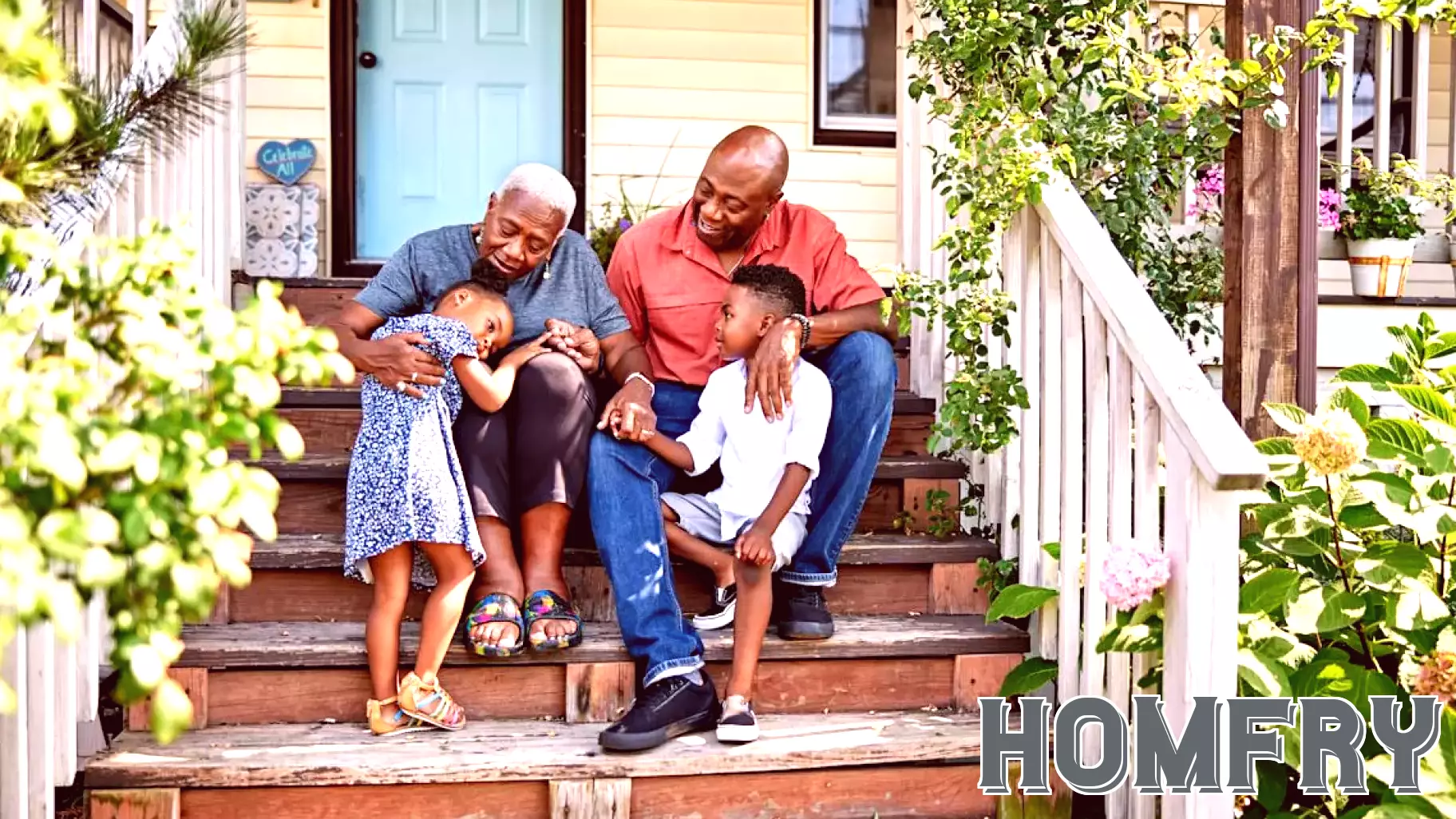March 4, 2025 - 03:16

Redlining in real estate has long been a tool of systemic racism, embedding discriminatory practices into the fabric of the U.S. housing market. This practice, which involved denying loans and insurance to residents in predominantly Black and brown neighborhoods, has had lasting effects that are still felt today. Although redlining was made illegal in the 1960s, its legacy continues to influence homeownership rates, property values, and access to quality education and healthcare for marginalized communities.
The repercussions of these policies are evident in the wealth gap between racial groups, as generations of families were denied the opportunity to build equity through homeownership. Many neighborhoods that were once redlined still struggle with underinvestment, leading to disparities in infrastructure, public services, and economic opportunities.
As awareness of these issues grows, there is an increasing call for policies that address the historical injustices of redlining and promote equitable access to housing for all. The fight for racial equity in real estate remains an ongoing challenge, highlighting the need for comprehensive reforms to ensure that all communities can thrive.



